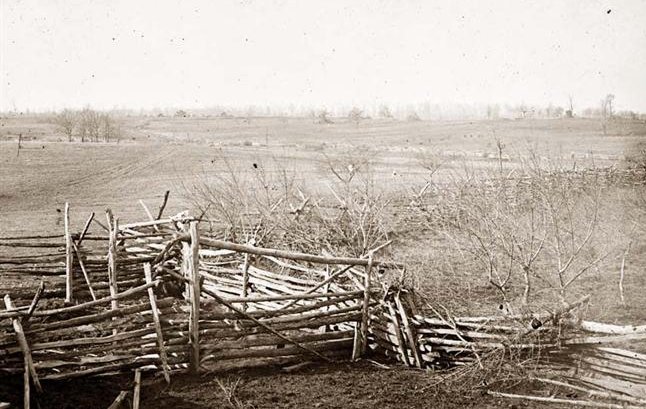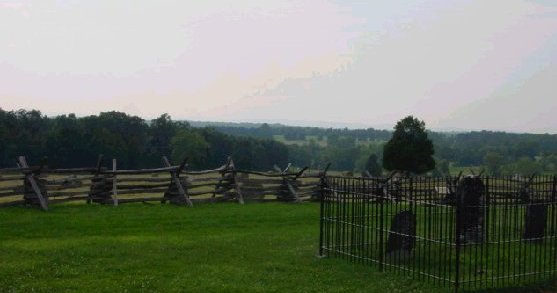
Switzerland’s forests are taking over the countryside and they are abetted in their march up the mountain slopes by global warming. It is strange to think of forests as a threat, but take a look at the article at this link. A more nuanced view of nature makes sense to me and tracks with what I have learned over my lifetime. It is not only Switzerland, BTW. It happens in America too. Above is the area around the Manassas battlefield, just outside Washington as it looked in 1861. It needed more trees then. Look at the bottom picture to see how it looks now.
See the forest SYSTEM, not only the trees
When I was young, I thought that more trees were always better. That kind of idea made good sense in 1968 because there seemed little chance there could ever be too many trees or too much land covered in forests. Since then, I have learned to look at the total system. I can now more clearly see the forest instead of just the trees and I can also understand that the forest is part of a larger system that includes forests, water, wildlife grassland, brush and even some bare sand & rocks … and people. The most pleasant and productive systems are those that have a variety of different types and a lot of transition edges among them. Nature tends not to produce these sorts of places for very long.
Solving one problem creates the next
Switzerland had developed a beautiful and ecologically sustainable land use that allowed for bountiful agricultural production as well as superbly managed forests. Too many trees or forests that are too thick with trees threaten that sustainable balance. You can have too much of a good thing. BTW – take a look at the Swiss picture gallery. It really is a nice place.
The seeds of this dilemma were planted more than 100 years ago. There was not much real forestry being practiced back then. Instead there was the kind of denuding timber mining that is almost never now done anymore in rich developed countries but remains depressingly common in places w/o good regulator regimes and strong property rights. The bare slopes caused soil degradation, erosion and disastrous flooding, so back in 1876 the Swiss enacted a sensible law to prevent deforestation. It worked. That problem was solved. And since yesterday’s solutions are often today’s problems, the results presented a new challenge.
It goes up but never comes down
Set in motion was a kind of ratchet. In the normal course of things in an agricultural/forestry system, forests expand and are cleared. Crop of pasture land might take the place of forest and forests might grow on lands previously occupied by crops or pasture. If it becomes illegal to clear forests once they are established, the areas covered in trees inexorably expand at the expense of meadow and other uses. Imagine how this happens. A pasture is neglected for a few years allowing trees to fill in. Now it is a young forest, which you cannot clear. You don’t need this ratchet mechanism to produce similar results, BTW. Forests in the U.S. have also been expanding over former farm fields. As agriculture became more efficient, less land was needed in meadow and field. You can see this clearly in the eastern United States. If you look at old pictures and compare them to what you see today, you notice that there are a lot more trees today than there were a century ago. But the ratchet rules make it much harder to manage the land.
Build on success
We really have to shift our paradigm. We are no longer the embattled preservationists we were a generation ago. We won that battle. Now we have to be clever in land use and mange what we have preserved and what technology improvements have preserved for us. The need to be good stewards of the land is as important as ever, but doing a good job requires a much more nuanced understanding of the overall ecology. It will never end for us. There is not finished state for the environment. But it is time to move to the next stage.
Below is what Manassas looks like now. I like it better now. The balance of forest in meadow is good, IMO. Left alone, the trees, initially mostly tulip poplar, red maples and some cedars, would be around thirty feet high within fifteen years.

Remembering that yesterday’s solutions are today’s problems, we have to assume the today’s solutions will be tomorrow’s problems. That does not imply failure. A good solution under particular circumstances is less useful when conditions change. We just need to be smart. It never ends. Perfection and final solutions are impossible, attempting to create them is undesirable and despite all this we manage to persist. That is what makes life interesting.
